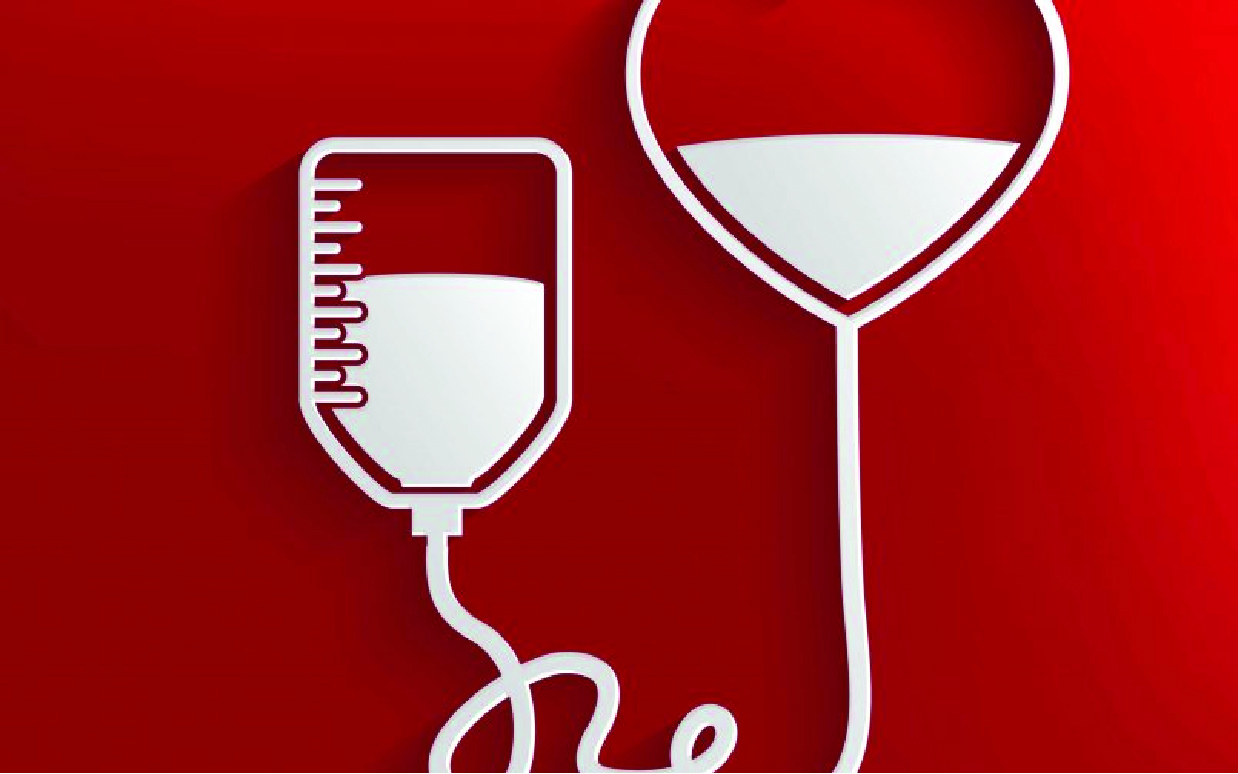A look into three common classifications of blood donation, and the current state of blood drives in Bangladesh.

Dr Poonam Khetrapal Singh, Regional Director at WHO South-East Asia, in an opinion editorial on the World Health Organisation website, made a simple appeal, “Give blood.” While we all recognise the noble deed that is donating blood, a deeper dive into its impact might help raise further awareness and promote more of this charitable activity.
Blood donation can be classified into more than one criterion, with whole blood, platelets, and plasma donations being the most common forms of contribution. People are most familiar with whole blood donation. The process has been made simple and straightforward to encourage more people to come forward and donate whole blood. Personal information is filled out in a form at the donation counter, after which the donor is weighed and asked additional questions regarding any genetic illnesses. This helps the blood donation centre determine if there could be any adverse health effects. The donor is asked to rest while laying down, allowing their heart rate to stabilise before a needle is injected into a vein. Typically, the vein on the inside fold of the elbow is ideal for extracting blood. To fill up one bag of blood typically takes 15 to 20 minutes, during which, the donor might be asked to squeeze a stress ball to stop the flow of blood from slowing down.
A GENERAL RULE OF THUMB IS THE DONOR SHOULD BE AT LEAST 45 KG IN WEIGHT. IF SYMPTOMS OF COLD, FLU, SORE THROAT, COLD SORE, STOMACH BUG OR ANY OTHER INFECTIONS ARE SHOWING, CENTRES WILL REFRAIN FROM GOING THROUGH THE PROCEDURE.
Adults, in general, have about 10 pints of blood in their bodies. Typically 1 pint of blood is drawn to fill up one bag. Donors should heed caution because standing up too fast right after donating blood can cause light-headedness, or even make them lose consciousness. It is always advisable to keep rest while laying down, and replenish themselves with glucose water, sweets and lots of liquid. The amount of blood donated usually regenerates within a couple of weeks.
The second kind of blood donation involves donating platelets. Platelets are small, disk-shaped cells that help in clotting blood and are most crucially required by cancer patients, organ recipients and those undergoing heart surgeries. They can be donated every 7 days, and up to 24 times a year. Those with rare blood types like A, A-, B, B-, AB and AB- are strongly encouraged to donate their platelets as recipients often have to undergo multiple rounds of platelet transfusions, making every donation that much more valuable.
Another rather common type of blood donation is plasma donation. Plasma is a light, yellow coloured liquid in the blood containing proteins that help fight infections and coagulate blood. It is chiefly needed by trauma victims and those who suffer from bleeding disorders and can be frozen for up to 1 year. People with rare blood types are again encouraged to donate plasma.
People between the age of 18 and 65 can donate blood. Overall health and fitness are important. A general rule of thumb is the donor should be at least 45 kg in weight. If symptoms of cold, flu, sore throat, cold sore, stomach bug or any other infections are showing, centres will refrain from going through the procedure. Additionally, people who have recently made body modifications such as tattoos and piercings are required to wait at least 6 months before donating blood.
The infrastructure to support blood donation in Bangladesh has been around since the 1950s. Red Crescent Bangladesh started a blood program in 1981, and in 1997, Badhan, a non-political voluntary blood donation organisation, was established. Mohammad Shahidul Islam Ripon pioneered the program along with some other students.
While blood collection organisations and drives that are hosted by both public and private organisations are noble deeds, the fact remains that the demand for fresh, compatible blood is not being met. As more and more patients suffer due to a lack of available bags of blood, the only ways to minimise the consequent loss of lives are by raising awareness about the benefits of donating blood. Even after colossal efforts of the 500,000 units of blood required annually, only 25% comes from voluntary donors. About 20-25% of blood comes from paid donors and the remaining 50–55% from one-time donations through blood drives, which does not cover the large demand for the life-saving bags of red.
